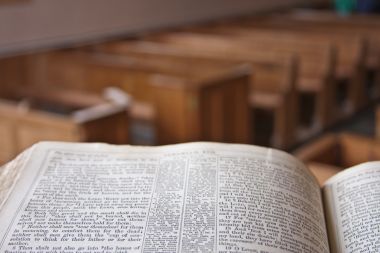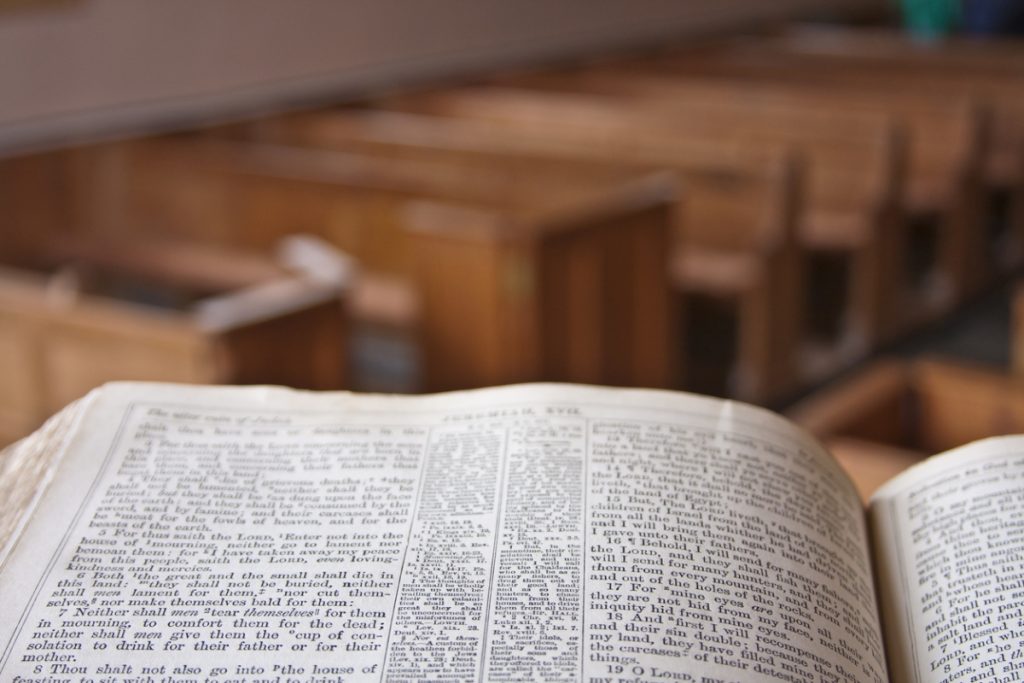
The Church of England first appointed feminine preachers through the First World Struggle. That is the story…
Girls within the Church of England
The Church of England successfully accepted the precept of ladies in management as early as Tudor occasions, in any other case it couldn’t have had Queen Elizabeth I and later different queens as supreme governor of the Church of England.
The Nice Struggle
In 1866 the Church of England allowed males as lay readers who have been licensed to evangelise, but it surely was not then open to girls. Through the Nice Struggle, many ladies took on roles extra historically held by males. Large numbers of males left the Church of England to go to battle and plenty of clergymen additionally left to function army chaplains.
At house, girls took on extra roles of their native church. Historically, males taught boys in Sunday college and girls taught women, however now girls taught girls and boys. In some locations, girls started to learn Bible classes, assist with communion and different duties for which there have been no males left within the parish.
Wartime pragmatics meant that the Church of England determined to permit bishops to nominate girls to help in ministry. These girls weren’t ordained, however have been granted permission as a brand new class of restricted ministry on the discretion of every bishop. The primary such girls have been appointed in London in 1916 when girls have been allowed to evangelise and lead providers, though initially solely to girls and women, throughout Nationwide Missions Week.
Bishop Gore of Oxford
The Bishop of Oxford, Charles Gore, was probably the most enthusiastic of the bishops in regards to the concept of appointing girls to the brand new roles. In June 1917 he arrange a committee to take care of the appointment of ladies to help within the ministry. She had the duty of making ready a plan to provide the diocese with a gaggle of lay servants. The Anglican Diocese of Oxford contains the largely rural English counties of Oxfordshire, Berkshire and Buckinghamshire. They checked out what coaching was wanted and how one can get and appoint it. A woman named Mrs. Illingsworth was appointed to affiliate with ministers who wished girls to help them of their ministry.
The Licensing Service adopted the official wording for the appointment of lay readers, who till then had all the time been males. The ladies have been de facto lay readers, however initially they have been known as the Diocesan Band of Episcopal Messengers. The Rev JB Seaton was appointed Chaplain and Director of Research. Their secretaries have been Mrs. Brabant and Mrs. Illingworth of Oxford. The primary batch from the Diocese of Oxford was 21 girls, largely wives and sisters of clergy, however not all.
Different episcopal messengers
Different Anglican bishops quickly adopted Bishop Gore's mannequin. The Bishop of Southwell adopted by appointing Bishop's Messengers and the Bishop of Exeter began an analogous scheme known as Girls Evangelists. Ultimately, 21 bishops in England appointed girls messengers, which was about half of all dioceses. These appointed by the bishop might be invited by the clergy to evangelise and lead missions. These have been usually held outdoors within the village and within the countryside.
Diocesan Order of Girls Messengers
Though this system was created as an expedient to deal with the chaplaincy scarcity through the battle, it was so profitable that it continued after the battle. In 1919, the Diocesan Order of Girls Messengers was formally created as a nationwide group and an interdiocesan convention of ladies messengers was held each two years. In 1926 there have been about 400 girls messengers in England. It was held in Oxford in 1928 when there have been 120 messengers.
Girls's Messengers in Canada
In 1928, the Canadian Anglican Diocese of Rupert's Land in Manitoba additionally adopted the mannequin. Girls, starting with Miss Marguerite Douglas Fowler, have been appointed as episcopal messengers to evangelise, unfold the gospel, and set up colleges and missions the place there weren’t sufficient males to take action. She was later awarded an OBE for her work. Bishop's Messengers of St. Religion's was later named the Order of St. Religion's and operated till 1979. The story is instructed in “The Story of St Religion's” by Marguerite Fowler.
Harbingers of Ordination
It’s believed that the final novices to be appointed have been a gaggle of six appointed by the Bishop of Worcester in 1945. No extra girls have been appointed after that and the quantity slowly declined as girls left the order or died. It was not till 1969 that ladies within the Church of England have been once more appointed as lay readers when Rosamund Essex was appointed.
Miss Bangay
The longest serving of Anglican girls missionaries was Miss Bessie Bangay of Chesham. She was among the many first group licensed by the Bishop of Oxford in 1917. On the age of 28, she was appointed to help the vicar of the parish of Christ Church, Waterside, Chesham. She was tasked with working a village church known as St George's within the small village of Tyler's Hill close to Chesham, the place she ran a Sunday college.
It was fairly pioneering for its time. Within the Twenties she began a girls's cricket workforce and within the Thirties she began a brand new congregation assembly in a neighborhood pub within the close by village of Lye Inexperienced, which had no church. She additionally helped with evangelistic missions in Anglican parishes round Buckinghamshire till 1945. Notably, she was the final of the Girls Messengers in England.
She continued to work into her 90s, dying in 1987 on the age of 97. With seventy years within the ministry, she holds the report for the longest serving lady in an official ministerial place within the Anglican world. The story is instructed within the guide 'The Church by the Woods' printed by Hawkes Design of Chesham.
The story of Anglican girls messengers is little recognized, however they’ve been known as the harbingers of ladies's ordination within the Anglican world.
